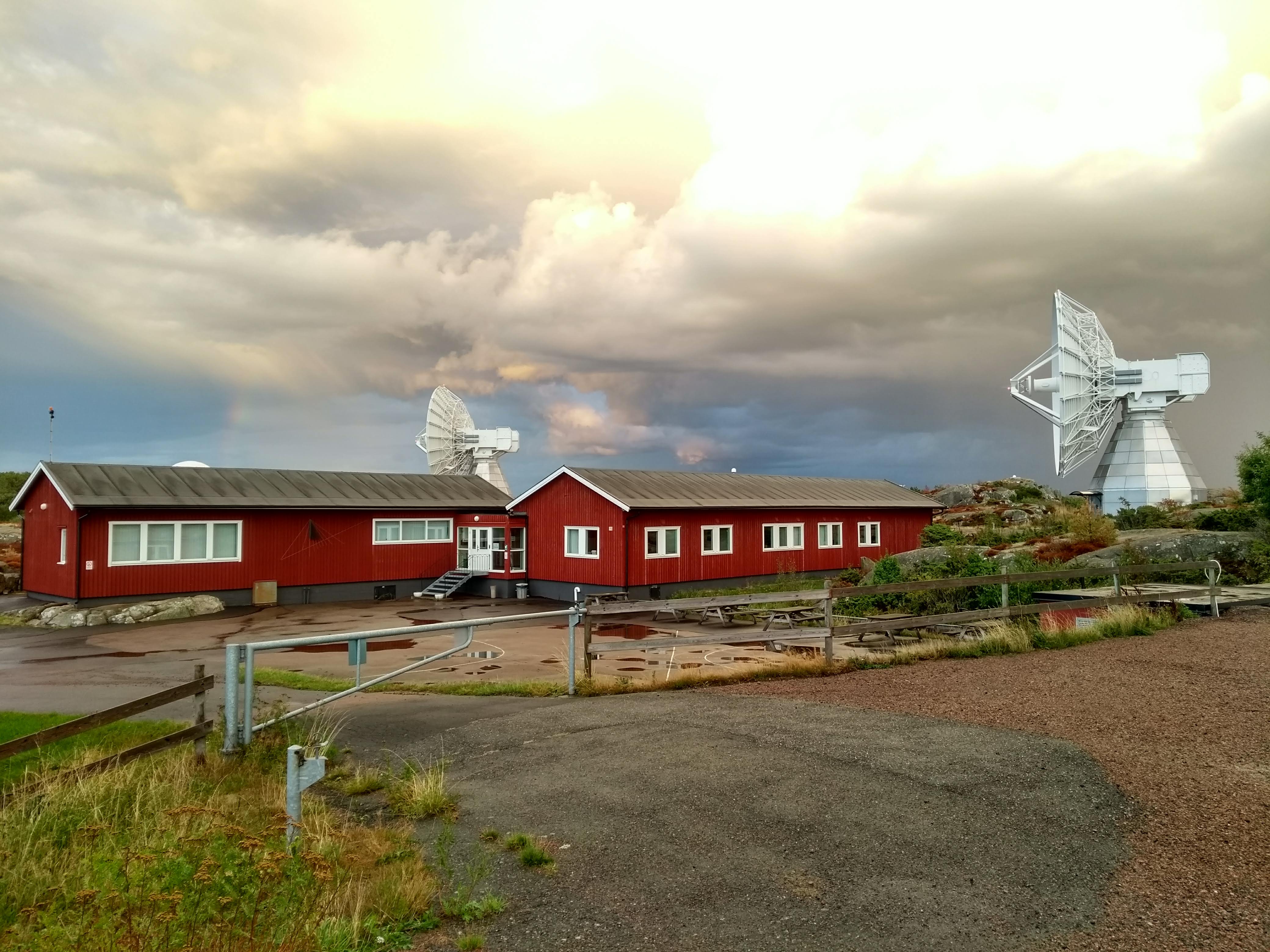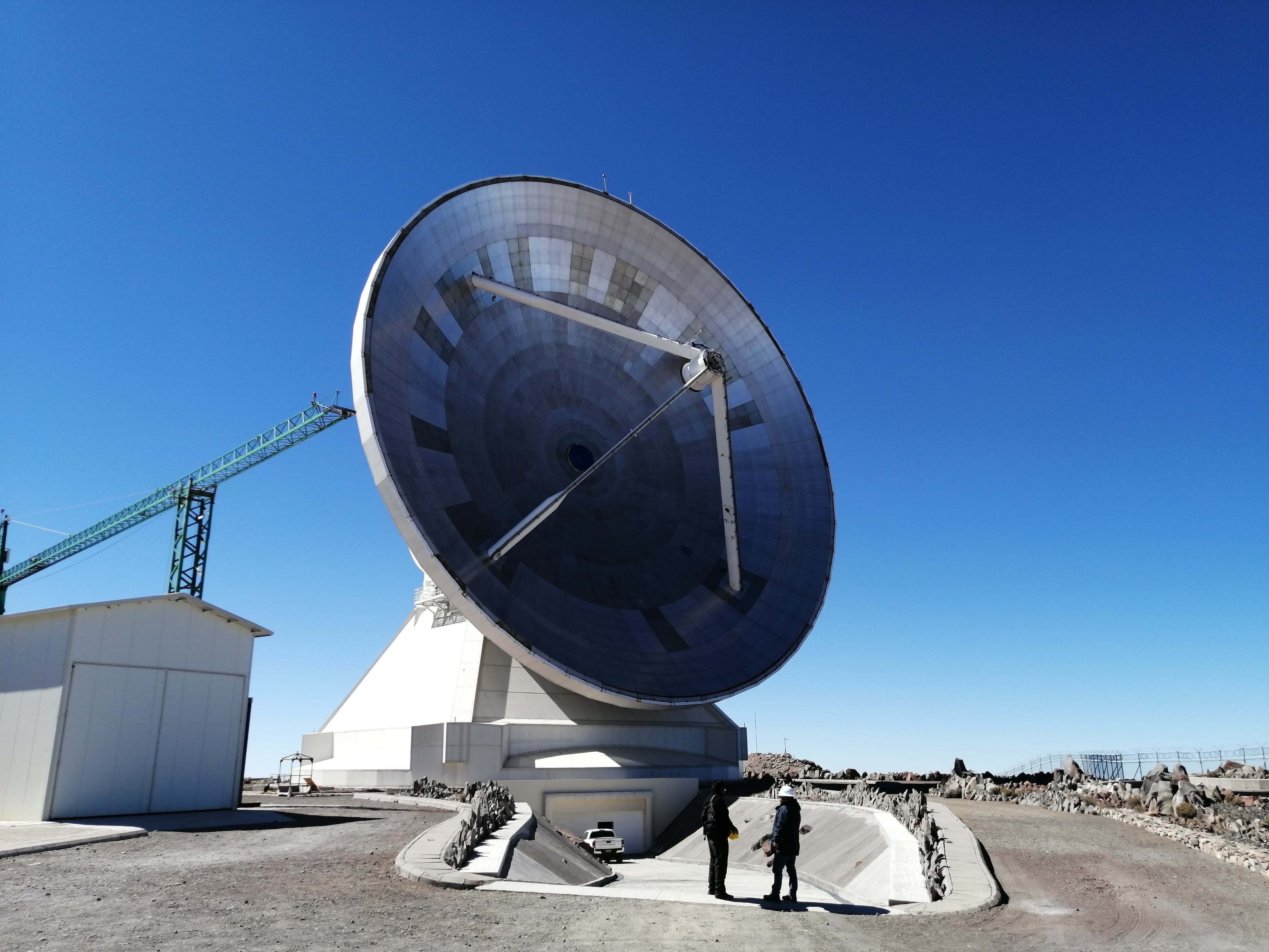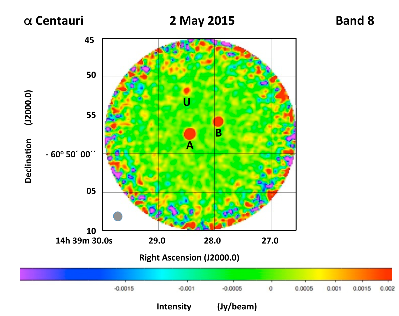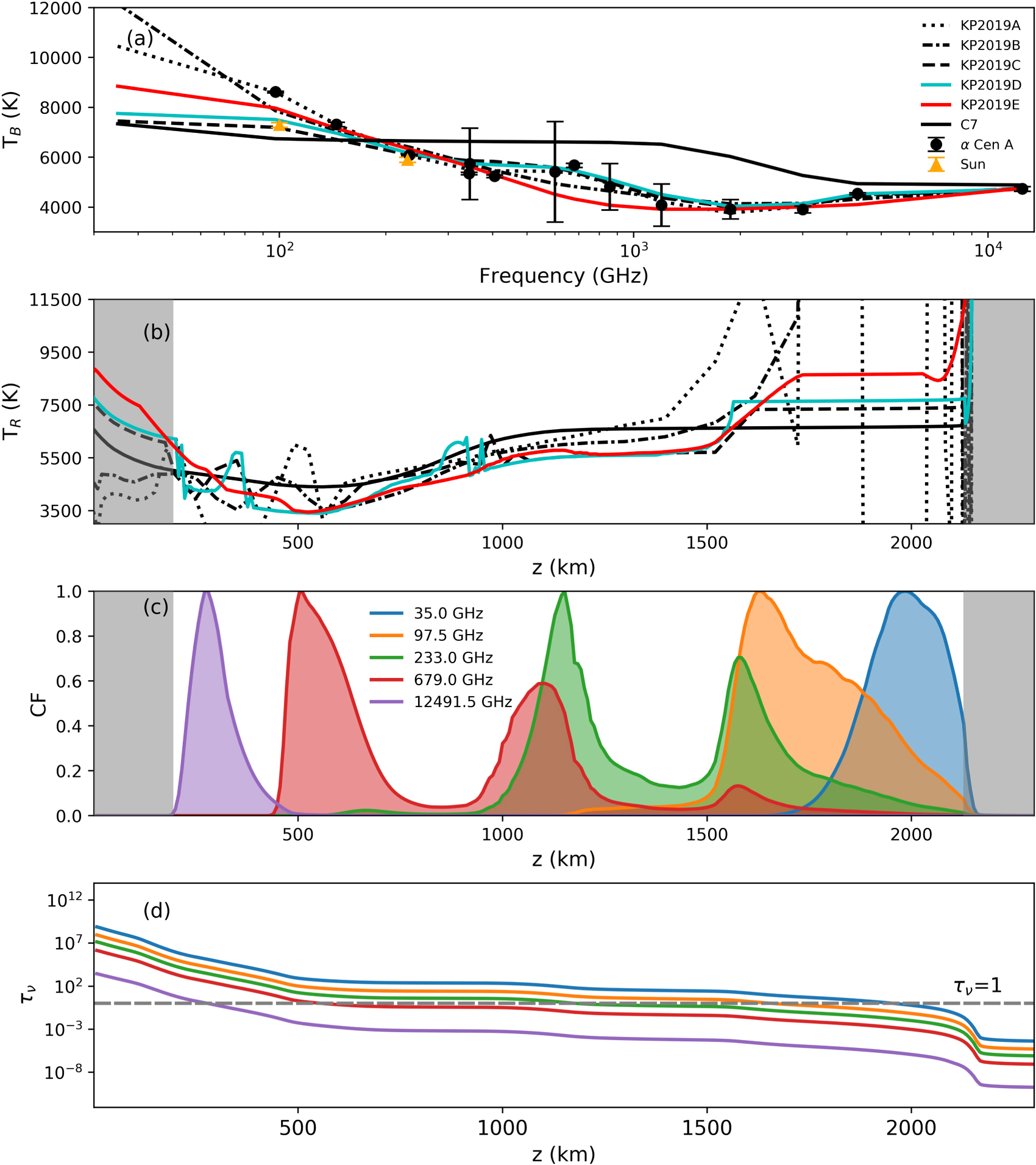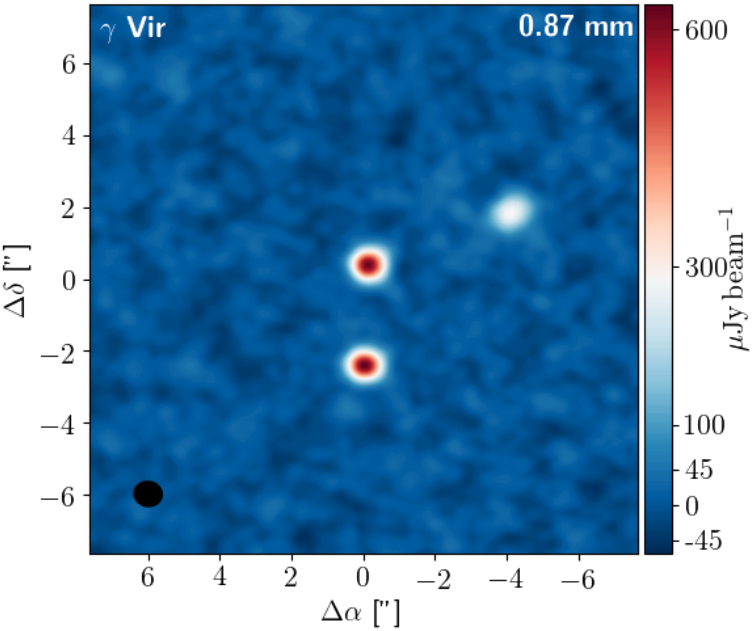
About Me
I'm currently doing my Ph.D. at the Institute of Radioastronomy and Astrophysics (IRyA) at the National Autonomous University of México (UNAM in Spanish).
Contact Details
Antigua Carretera a Pátzcuaro #8701
Ex-Hda. San José de la Huerta
Morelia, Michoacán. México. C.P.58089
+52 (443) 322 38 45 ext. 32845
f.tapia@irya.unam.mx
ftapia@igeofisica.unam.mx
